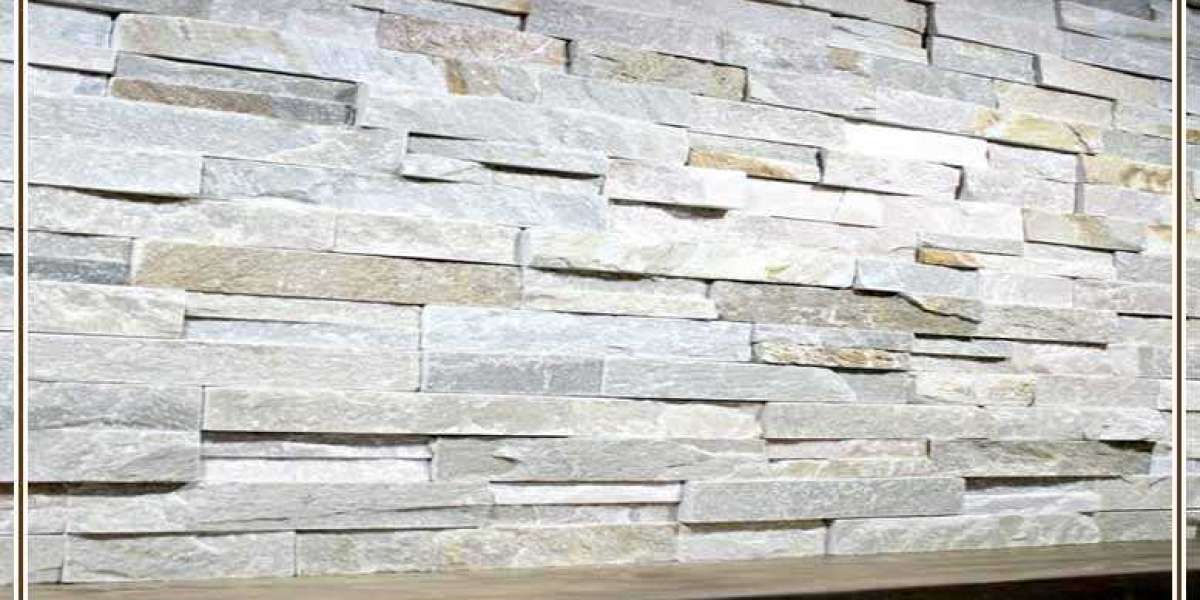Foam Insulation: The Modern Technology for Thermal and Waterproofing
Before
It is considered insulated from the most important engineering processes that contribute to the enjoyment of dynamic data, such as the effects of various external factors, whether from extreme heat or water leaks. With construction technologies, the use of foam insulation has become one of the most effective solutions in this field, characterized by its light weight and efficiency in insulation and waterproofing.
In this article, we will learn about the types of foam insulation, its benefits, its application method, and the most prominent advantages in construction and advanced technology.
What is foam insulation?
Foam insulation is a type of insulation that uses polyurethane foam (PU) or polyethylene foam (PE) for thermal or water insulation.
The foam expands upon spraying to fill gaps and cracks, making it an excellent choice for both old and new buildings.
Types of Foam Insulation
1. Thermal Foam (Polyurethane)
This type is used for insulation and is characterized by its ability to lower the temperature of the planet's surface, reducing electrical energy consumption and cooling.
2. Water Foam (Polyethylene)
This type is used for waterproofing, as it forms an impermeable framework to prevent water from seeping into walls and roofs, which can cause damage and leaks.
3. Acoustic Foam
This type absorbs sounds and reduces noise, making it useful in residential and commercial buildings that require effective sound insulation.
Benefits of Foam Insulation
1. Thermal Insulation
Foam is characterized by its ability to lower or lower temperatures, maintaining the current temperature of the building, eliminating the need for cooling and heating devices.
2. Moisture Resistance
Foam provides insulation that prevents water and moisture from seeping in, which in turn protects walls from cracking and corrosion.
3. Easy to Install
Foam insulation is lightweight compared to traditional insulation materials, which limits the load and makes it easy to apply without requiring major structural modifications.
4. Sealing Gaps and Cracks
Including its expansion when sprayed, foam fills all gaps and cracks, ensuring a tight seal that prevents other materials from coming in contact with it.
5. Insect and Fungus Resistance
Foam prevents the growth of fungi and mold, as it is unattractive to insects, making it a healthier option for buildings.
6. Long Lifespan
When applied correctly, foam insulation can last for decades without requiring maintenance.
Foam Insulation
Despite its many advantages, foam insulation is not without some drawbacks, the most important of which are:
Initial Cost: While foam is more expensive than some other types of insulation, it offers long-term savings on electricity bills and maintenance.
Requires a Specialist: It requires sufficient experience and application to be successful.
Sunlight can affect the foam: UV rays can affect it if it's not covered with a protective layer.
Actual application: When spraying foam, it may emit chemicals, which requires careful site knowledge during application.
How to Apply Foam Insulation
1. Surface Preparation
Clean the surface thoroughly to remove any soil or oils.
Let the surface dry before applying the foam.
2. Spraying the Foam
The foam is distributed using special equipment and spread evenly.
The foam begins to expand immediately to cover the entire surface.
3. Operating and Shaping
After a period of time, the foam is finished to obtain a flat and acceptable surface.
4. Adding Decoration (Optional)
In some cases, the foam is coated with a layer to protect it from external elements.
Uses of Foam Insulation
1. Insulation
It is required to prevent extreme heat loss and is common in homes and buildings.
2. Wall Insulation
It is versatile for thermal insulation of buildings, especially in harsh climates.
3. Tank Insulation
It undertakes the insulation of atmospheric water tanks at a water temperature that prevents leaks.
4. Insulation
It helps prevent overheating in cold areas and reduces the heat in heating appliances.
5. Insulation in Industrial Research
It involves taking the necessary measures to forecast the weather conditions for the work area and energy coverage.
The Difference Between Foam Insulation and Other Types of Insulation
Polystyrene Fiber Foam Insulation
For good high heat, medium to very high
Water resistance, medium to medium
Weight, light, light
Ease of application, easy and quick, requires installation
Requires installation
Very, very long lifespan
Ring
Therefore, foam can be removed more than contract insulation techniques, as it combines insulation and waterproofing. Despite this, it offers significant long-term benefits, reducing energy costs and protecting buildings from damage.
Therefore, if you're looking for a basic and effective solution for building insulation, foam insulation is an ideal choice that combines high performance and long-term comfort.
see also











